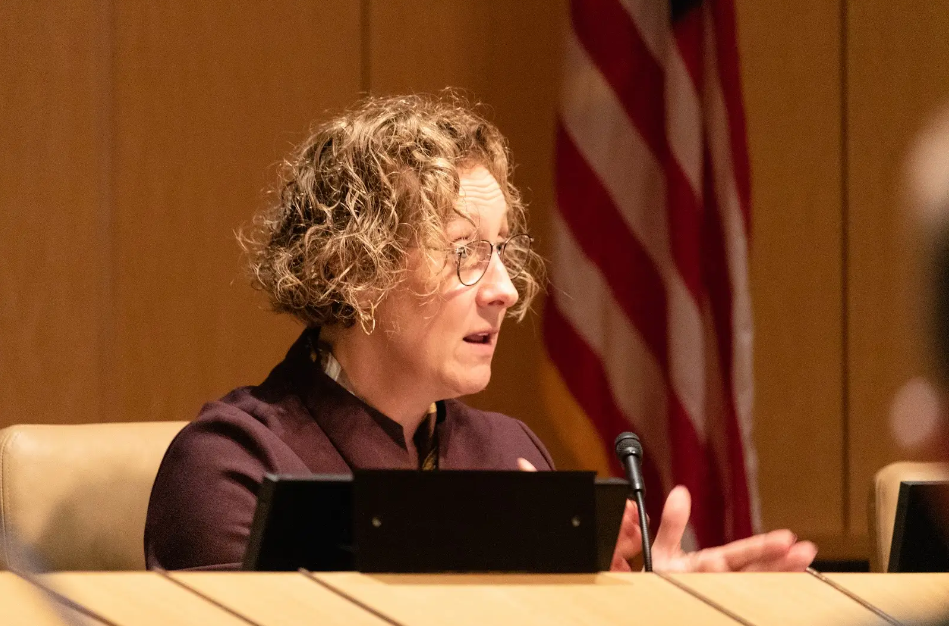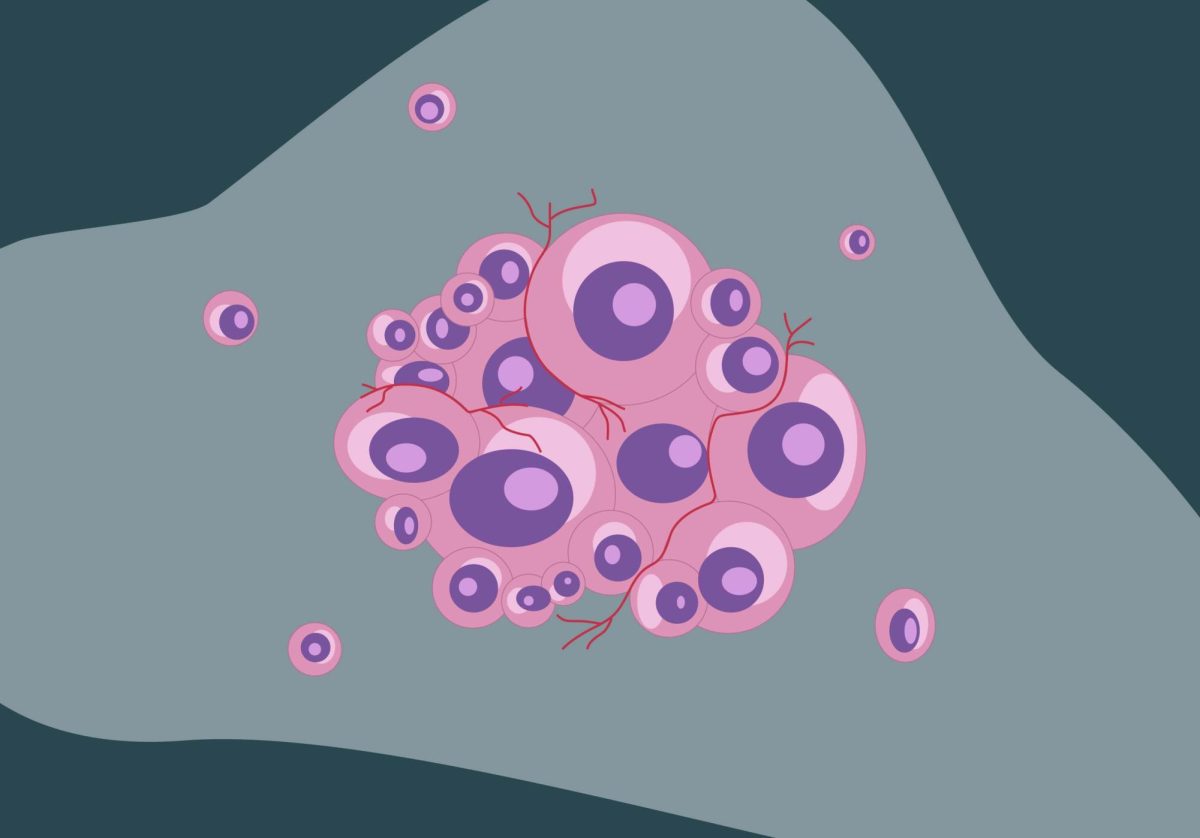Researchers at the University of Minnesota School of Public Health found inequities among race, technology and wages impacting the healthcare industry.
In healthcare, wage gaps have left the majority of female healthcare workers underpaid, while structural racism has created barriers to healthcare. In addition, the emphasis on technology and innovation has become more important than improving the delivery and quality of health care to patients.
Janette Dill, an associate professor in the School of Public Health and deputy director of the Consortium for Workforce Research in Public Health, said in nursing where women make up around 90% of the workforce, they are earning around 80-90% of what their male counterparts earn.
Among physicians, women make 60-78% of what male physicians are earning and the same is true for advanced practitioners, Dill added.
Women make up 75% of the healthcare workforce, Dill said. Currently, women are making gains in terms of representation and the gender wage gap is decreasing for women in medicine.
“One of the things that’s really frustrating about women’s labor is that women have tried, I think, to close the gender wage gap by getting more and more education,” Dill said. “Unfortunately, it just isn’t, it just doesn’t work.”
As women get more education, the wage gap grows between their male counterparts, Dill said. Occupations dominated by women pay less than occupations dominated by men, which is what drives the gender wage gap.
Shekinah Fashaw-Walters, an assistant professor in the Division of Health Policy and Management in the School of Public Health, focuses on understanding inequalities in age and race as determining factors in healthcare inequities.
Higher-quality home and health agencies are less likely to serve neighborhoods that are predominantly Black and Hispanic and have a lower socioeconomic status, according to Fashaw-Walters.
“Older adults of color have lived through different manifestations of racism,” Fashaw-Walters said. “When Jim Crow laws existed people could openly discriminate against which neighborhood you live in or what resources you could access.”
Life expectancy for Black or brown populations is much lower than that of white populations, Fashaw-Walters said. In part, this is because of lived experiences through different forms of racism such as police brutality, microaggressions, and actions inflicted upon them by the Ku Klux Klan and Jim Crow laws that affected access to good health care.
Focusing on our aging population is important because over the course of people’s lives, they accumulate all these different experiences that become exacerbated, Fashaw-Walters added.
Dori Cross, an assistant professor also in the Division of Health Policy and Management, seeks to understand gaps between what the industry thinks they are achieving with digital investments and where they actually land.
“Technology does not change organizations, people change organizations,” Cross said. “If you’re unwilling to change roles and responsibilities and how you approach the delivery of healthcare, and you just drop technology into the picture, nothing changes.”
The major federal investment in healthcare delivery organizations was the digitization of records, Cross said. Tens of billions of dollars were invested by the federal government and private healthcare organizations in this project, but there are no clear examples of where these changes have benefited safety, quality and efficiency in healthcare to justify the price tag.
“Organizations are really good at meeting what’s explicitly asked of them, especially if there’s money tied to it,” Cross said. “That’s how it works, but it doesn’t change organizational culture and climate and I think that’s the million billion trillion dollar answer to all of this, is like, how do you reimagine healthcare delivery?”
There are many occupations that are lacking in representation, accessibility, quality and competitive compensation like healthcare, Dill said.
“The way that we pay for healthcare is very gendered and racialized,” Dill said. “We pay high rates for types of procedures that are very tech-dominated or very surgery-dominated, so then we end up seeing medical specialists like surgeons making a million and a half dollars a year.”














J
Feb 23, 2024 at 4:07 pm
Dill doesn’t explain why male nurses make more than their female counterparts. According to a 2017 Medscape RN/LPN Compensation Report, here are some of the reasons that account for a pay gap:
-Male nurses were more likely to work overtime hours than female nurses.
-Male nurses are more likely to work at inpatient hospitals, which pay more than outpatient settings.
-Male nurses were more likely to negotiate their salaries.
-Male nurses were more likely to work in urban areas, which typically pay more than rural areas due to the cost of living.
-Male nurses take more on-call and high-differential shifts.